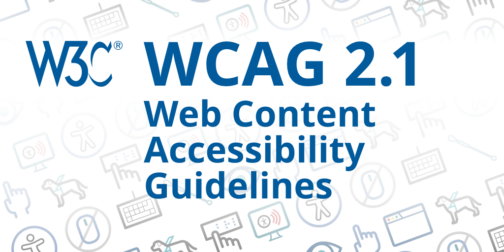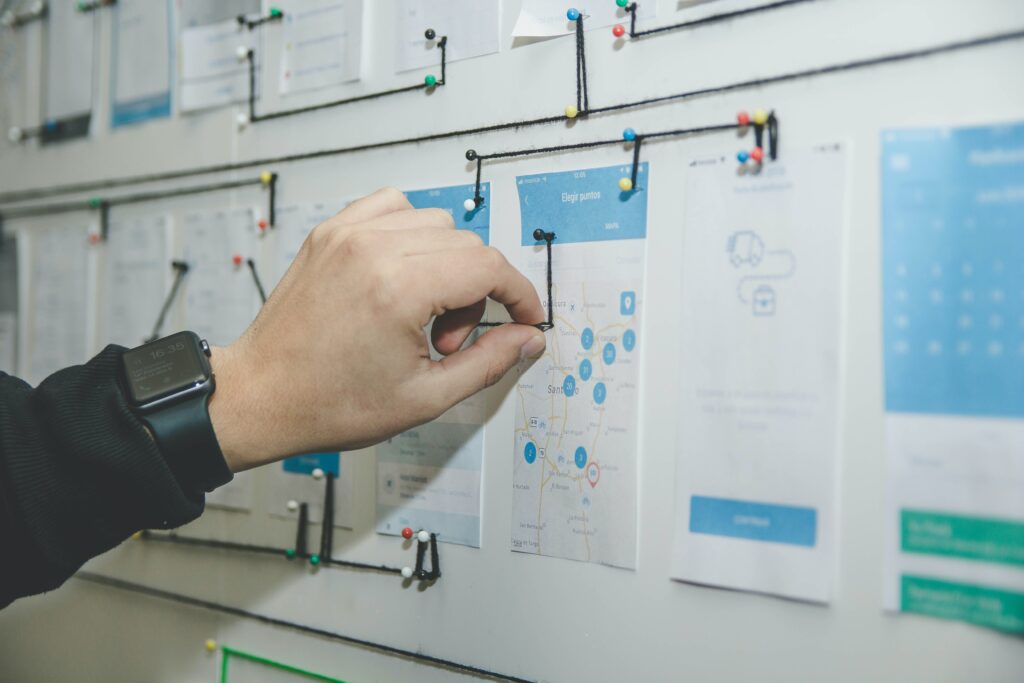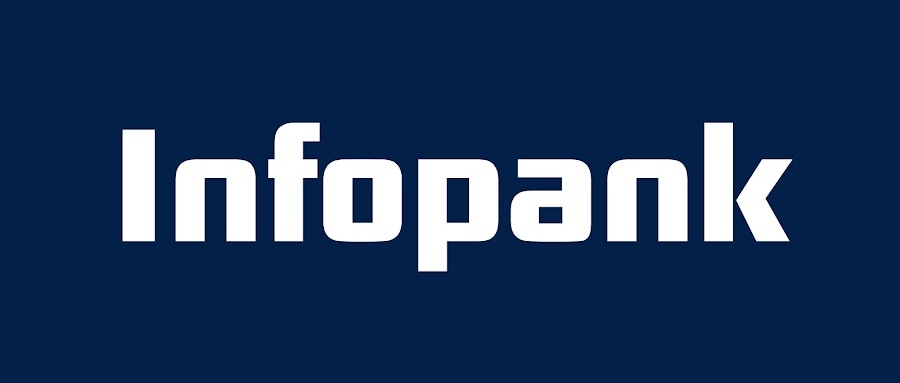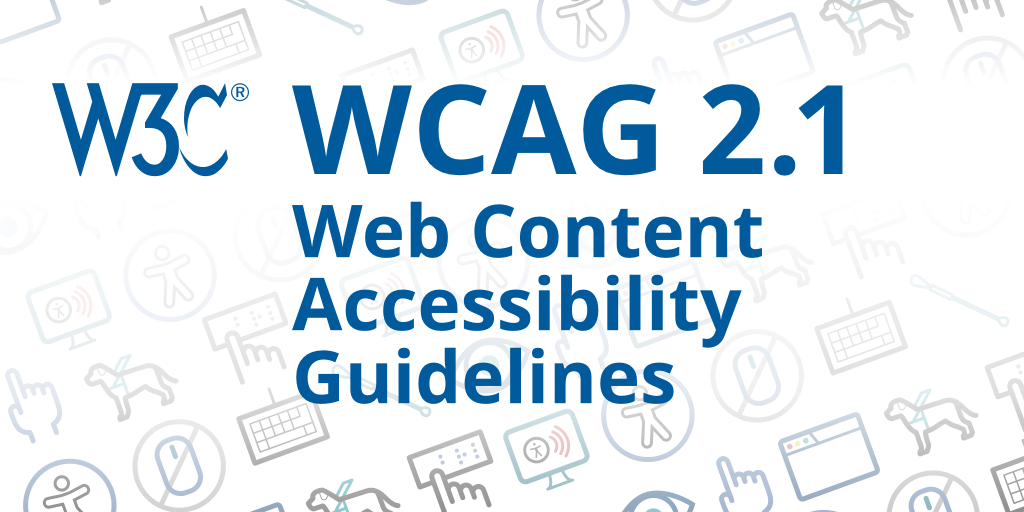Accessible E-commerce In 2025
Accessible e-shop the key to successful e-commerce. Improve the experience to all users, help search engines and follow the WCAG standards mandatory from 2025.

When speaking of modern-day e-commerce, the keywords to keep in mind are high competitiveness and high expectations of your clients. This means it’s crucial to stand out from the sea of e-shops, reach a wide audience, and deliver a positive user experience to each visitor. One way to achieve this is to focus on the accessibility aspect for all visitors – whether it’s users with special needs, elderly visitors, or users with different devices to browse your e-shop.
The accessibility of your webshop is directly connected to your visitors’ user experience. This defines how search engines see your e-shop, as their primary goal is to lead the user to websites that meet their expectations and provide a positive user experience.
Who Needs An Accessible Web?
It is often thought that accessibility is something that only concerns people with special needs. Those whose web experience is affected by visual or auditory impairments, motoric or intellectual challenges. Additionally, there are medical conditions such as epilepsy that can turn a website visit into a life-threatening experience. According to different studies, approximately 17% of the population has a disability. In countries with an aging population, this number can reach even higher up to 24%.

When thinking of the accessibility of a e-shop it’s important to understand that it’s not just special needs and disabilities that can challenge browsing the web. Those other aspects affect an even larger percentage of the audience but can turn a visit to a webshop into a big struggle. Here are some examples:
- Variety of devices – the use of mobile devices to make a purchase keeps rising. The screen area of those devices is rather limited and instead of a normal pointing device (computer mouse) a not-so-precise finger is used. A large section of visitors prefers to navigate the web with a keyboard, using various shortcuts. Keyboard navigation is the key to operating the user interface for those using a screenreading or other additional assistive technology;
- Connection speed – As mobile browsing is becoming more and more popular, it’s not possible to rely on fast home or office internet connection. Today’s visitors expect to make a purchase even when hiking on the bog trails;
- Data restrictions – unlimited data transfer remains untouchable to many and “heavy” websites can burn the data transfer budget fast and bring the user additional expenses on their internet bill;
- Environment – when visiting a website outdoors, bright sun can make it a struggle if the website lacks good contrast;
- Technical skills – not all users are equally tech-savvy. Complicated user interfaces and processes can confuse the visitor and require excessive effort from them to navigate through it all and understand the processes;
- Age – elderly visitors may have vision and motoric impairments and there’s a chance they’re not as skilled technically as the younger generation. On the other end of the spectrum, younger visitors can be confused with complicated use of language and processes that require much patience and focus;
- General literacy – the overall literacy in Estonia is 99.8% but complicated terminology can still confuse many. Reading the text also becomes more challenging for people with dyslexia;
- Language barrier – similarily to literacy, understanding a user interface becomes more complicated when the web is not in the visitor’s native language. A more simple use of words can make a difference.
Accessibility means that a website is designed and developed in a way that makes using it and understanding its purpose and function easy. When we improve the accessibility of a webshop, we improve the user experience for all the visitors. Accessibility increases the site’s performance and ease of use. Three out of four users stop using a service or abort their flow of making a purchase because they experienced obstacles in the process and found the experience too demanding.

Web Accessibility Standards and Regulations
The abbreviation WCAG (Web Content Accessibility Guidelines) has existed since 2000. It is a set of measurable criteria, that helps to evaluate whether a website is accessible:
- Equally perceivable with different senses
- Operable
- Understandable
- Robust
WCAG standard is divided into three levels – A, AA, and AAA, where each level is technically more demanding than the previous.
For a long time conforming to the WCAG standards at the AA level was mandatory only for public sector websites – government, etc. This will change in June 2025, when European Accessibility Act requires mandatory accessibility compatibility from all IT solutions, web-based products, and services, including e-shops. The accessibility requirements for web services and other IT solutions are gathered into the EN 301 549 standard. The web part of it is based on the WCAG 2.1 criteria. To future-proof your e-store, accessibility needs to be on the mind already today.

Accessibility Auditing As Part Of Development Process
When planning the development of a new e-shop or refactoring an existing one, accessibility should be taken into consideration from the start. The easiest way to do it is to incorporate regular accessibility audits into both the design and development process. The purpose of these audits is to catch the problem areas early on and avoid fixing them in later phases which would be much more troublesome and expensive.
Since 2020 Opus Online has been a development partner to Ocuco – a company running in Ireland whose subsidiary company Opticommerce offers e-commerce solutions to eyewear shops all over the world. Considering their visitor profile, it is crucial to have accessible webshops that are fully operable with screenreaders and a keyboard. These are two primary assistive technologies used by people with vision impairments.
Before incorporating accessibility audits into the development process of new stores, we also audited several existing Opticommerce e-shops. Auditing a running webshop helps the customer to understand the current situation. Based on that it’s possible to evaluate the extent of improvements needed to make the shop accessible. It’s not uncommon to realize that in some cases it’s more beneficial to rebuild the webshop from scratch. Compared to fixing an existing e-store, creating one that is accessibility optimized from day one definitely has several advantages.
Optimized Expenses
Creating accessible solutions from the early phases is much faster and easier compared to attempting the same on an existing one. Designing the web with required contrast eliminates the need for big developments such as creating an additional high-contrast version of the site later. When planning technical components, it’s possible to map their requirements to ensure the accessibility of them. Sometimes when improving the accessibility of an existing e-shop, those changes are close to being a mission impossible.
Better Spec For Developers
An important part of accessibility is the behavior of interactive components – which ones are interactive, which one is currently active, which is in focus etc. It’s not a rare occasion that designing these states is left ignored. When accessibility audits are already part of the design process, it is needed to design all needed states to pass the audit. This makes the developers’ job much easier.
Better User Experience
When a website is designed with accessibility in mind, the focus is on well-structured content, clear navigation, and consistent design language. All these make using the webshop easier and more clear to all users.
E-shops Optimized For Search Engines
Several accessibility improvements also benefit the process of optimizing it for search engines. Some of these aspects are image descriptions and well-structured semantic code. Search engines value highly websites that have well-structured code. Semantic code helps the search engine understand the content better and match it with the user’s search term, positioning it more likely at a higher position in search results.
Dev Team Awareness
Accessibility audits ran parallelly to the development process increases the accessibility competence of the whole team. This was prevalent in the case of working with Opticommerce and with every new e-shop the number of issues brought out in the audit got smaller and smaller.

Auditing process
One of the most known indicators when evaluating a website is the Google Lighthouse score. It measures the site’s performance, SEO, use of best practices, and accessibility.
The accessibility part of the Lighthouse Score is based on those WCAG criteria that can be programmatically evaluated on the code level. The rest of the WCAG criteria require manual auditing with the help of additional tools and plugins.
WCAG standards have received plenty of criticism in recent years. Some find them too mild, others find some of the guidelines too strict. The main accusation is that they are too technical and don’t always take into consideration the human aspect and therefore don’t solve the actual struggles. From this confrontation, we can make a conclusion that a web page that meets the WCAG standards to a required level, may still not be fully accessible.
When we run an accessibility audit, checking the conformance to WCAG standards is only one part of the process. Several other aspects that affect the accessibility of a website are required at the highest level of WCAG AAA or aren’t regulated enough, leaving room for interpretation. These can be design language, general style of text, relevance of the content, etc. Therefore when evaluating the accessibility of a website, in addition to the required standards we evaluate the accessibility of the website from a more human aspect of the user experience.
An accessibility audit can be run on different scales. Sometimes auditing a single page (front page) can help to get a quick overview. To get a more detailed picture, the whole e-shop should be evaluated. This collection of pages will be evaluated both manually and automatically. As a result, you will get a detailed report that highlights the problematic aspects and provides recommendations to improve or fix them.

A report will become the game plan for further steps to make your webshop meet the WCAG standards or EU accessibility requirements and improve the overall user experience.
In addition to auditing, Opus Online developers and UX specialists are ready to help you solve accessibility issues or create an accessible e-shop.
Summary
Accessibility is becoming one of the most important aspects of running a successful e-commerce business. From one aspect accessibility is something that can’t be ignored because of the European Accessibility Act requiring all web-based services to be accessible from June 2025. At the same time, accessibility is an inseparable part of good user experience, which helps you stand out in the busy competition of e-commerce. Accessibility doesn’t just affect the user experience, it also affects your visibility in search results and search engines prefer websites with good accessibility.
Instead of seeing accessibility as something that’s for people with disabilities, it’s smart to see the bigger picture and all aspects that can affect the ease of browsing. By turning the accessibility into a requirement in both the design and development process, both performance and ease of use increase, delivering a better user experience for every visitor.
Is your e-store future-proof and accessible? Contact us to have your e-shop’s accessibility evaluated or to let us build you a webshop that meets the WCAG requirements!
Get in touch
We have your back when it comes to web development, giving you the freedom to focus on building and growing your company.

More posts
-
 Faster and More Flexible: Infopank Gets a Cost-Effective, High-Tech MakeoverÄripäev’s Infopank is a critical tool for many entrepreneurs, offering in-depth financial data and business relationship insights. However, the platform was in need of a refresh: it was difficult to use on mobile devices and suffered from slow loading times. Thanks to a collaboration between Uptime and Opus, a brand-new version of Infopank has been…Read more
Faster and More Flexible: Infopank Gets a Cost-Effective, High-Tech MakeoverÄripäev’s Infopank is a critical tool for many entrepreneurs, offering in-depth financial data and business relationship insights. However, the platform was in need of a refresh: it was difficult to use on mobile devices and suffered from slow loading times. Thanks to a collaboration between Uptime and Opus, a brand-new version of Infopank has been…Read more -
 Andbeauty e-commerce platformOverview for building an Andbeauty e-business from ground up. We provide an overview of the planning, development and after support. Added customer feedback.Read more
Andbeauty e-commerce platformOverview for building an Andbeauty e-business from ground up. We provide an overview of the planning, development and after support. Added customer feedback.Read more -
 Accessible E-commerce In 2025Accessible e-shop the key to successful e-commerce. Improve the experience to all users, help search engines and follow the WCAG standards mandatory from 2025.Read more
Accessible E-commerce In 2025Accessible e-shop the key to successful e-commerce. Improve the experience to all users, help search engines and follow the WCAG standards mandatory from 2025.Read more
